Indexing
CSE-4/562 Spring 2019
February 18, 2019
Textbook: Ch. 8.3-8.4, 14.1-14.2, 14.4
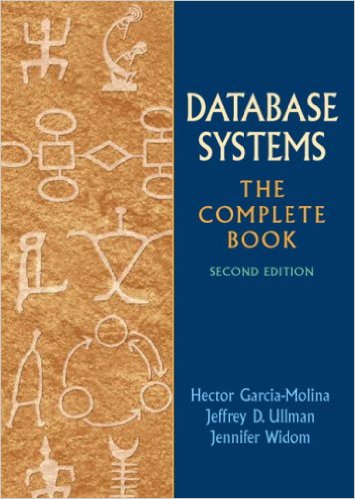
|

|
| $150 | $50 |
| Index ToC |
No Index ToC Summary |
Today's Focus
$\sigma_C(R)$ and $(\ldots \bowtie_C R)$
(Finding records in a table really fast)
Indexing Strategies
- Rearrange the data.
- Put things in a predictable location or a specific order.
- ("clustering" the data)
- Wrap the data.
- Record where specific data values live
- ("indexing" the data).
Data Organization
- Unordered Heap
- No organization at all. $O(N)$ reads.
- (Secondary) Index
- Index structure over unorganized data. $O(\ll N)$ random reads for some queries.
- Clustered (Primary) Index
- Index structure over clustered data. $O(\ll N)$ sequential reads for some queries.
Data Organization
Data Organization

Index Types
- Tree-Based
- A hierarchy of decisions lead to data at the leaves.
- Hash-Based
- A hash function puts data in predictable locations.
- CDF-Based (new)
- A more complex function predicts where data lives.
Tree-Based Indexes
Tree-Based Indexes
Challenges
- Balance
- Bad question orders lead to poor performance!
- IO
- Each access to a binary tree node is a random access.
- Which Dimension
- Why limit ourselves to asking about one dimension?
Worst-Case Tree?
Best-Case Tree?
Binary Trees are Bad for IO
Every step of binary search is a random access
Every tree node access is a random access
Random access IO is bad.
Idea: Load a bunch of binary tree nodes together.
Binary Tree: $1$ separator & $2$ pointers
$log_2(N)$ Deep
$K$-ary Tree: $(K-1)$ separators & $K$ pointers
$log_K(N)$ Deep
Important: You still need to do binary search on each node of a $K$-ary tree, but now you're doing random access on memory (or cache) instead of disk (or memory)
ISAM Trees
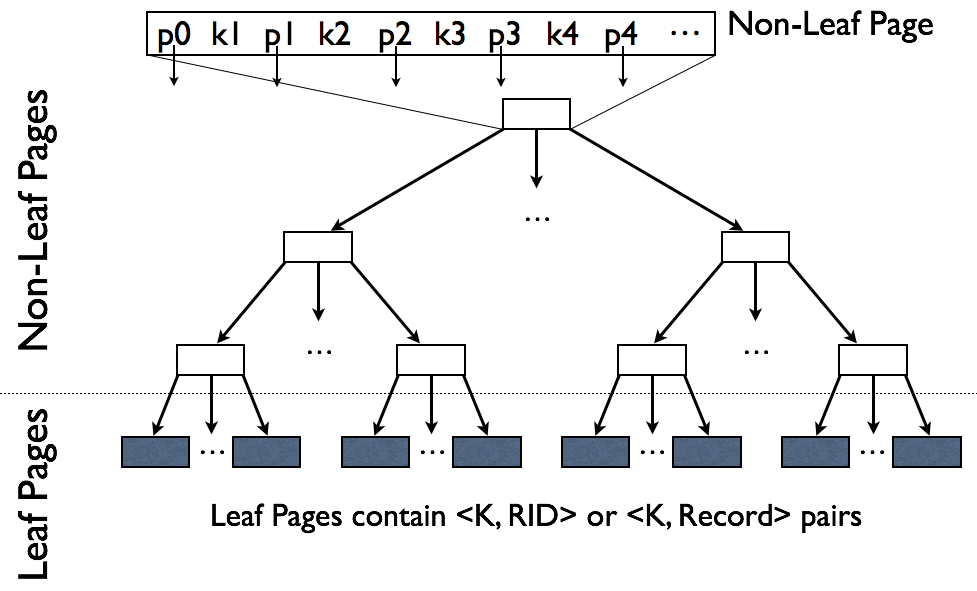
How do you handle updates?
B+Tree = ISAM + Updates
Challenges
- Finding space for new records
- Keeping the tree balanced as new records are added
Idea 1: Reserve space for new records
Just maintaining open space won't work forever...
Rules of B+Trees
- Keep space open for insertions in inner/data nodes.
- ‘Split’ nodes when they’re full
- Avoid under-using space
- ‘Merge’ nodes when they’re under-filled
Maintain Invariant: All Nodes ≥ 50% Full
(Exception: The Root)



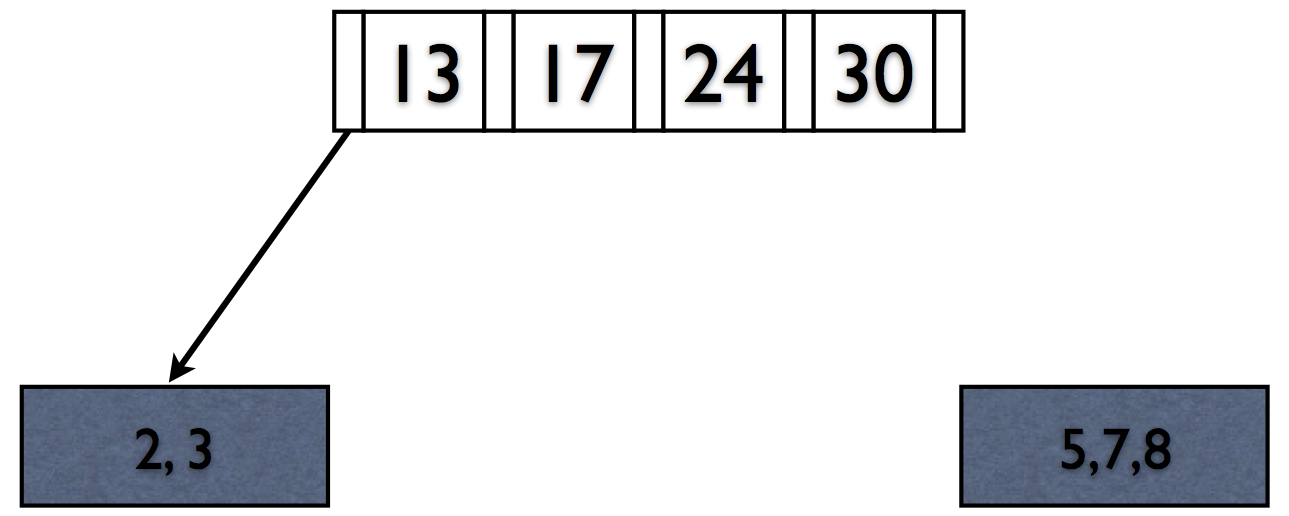

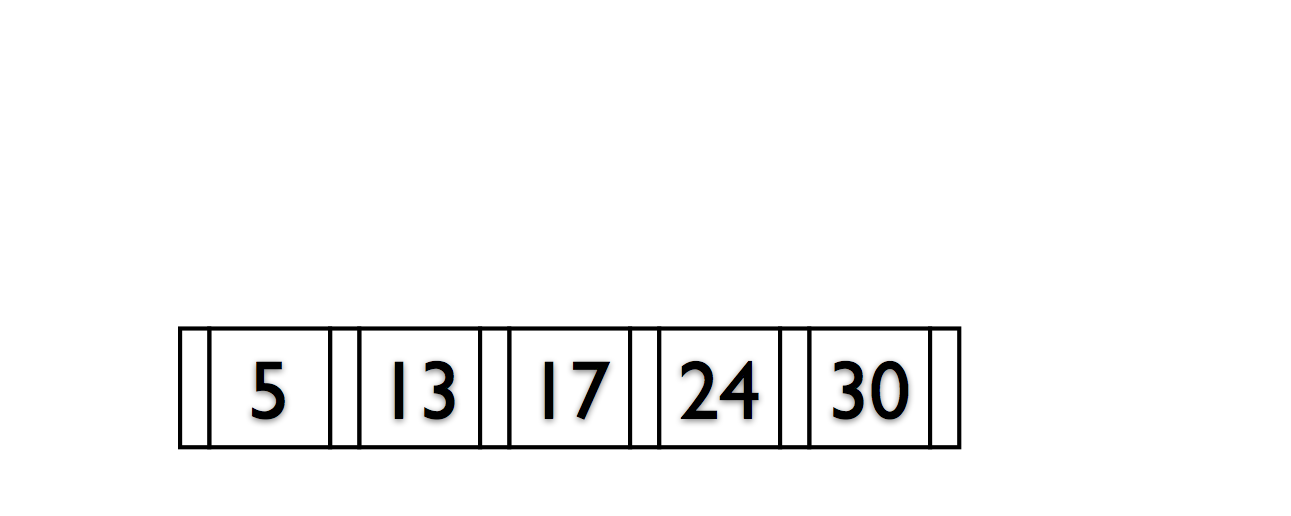
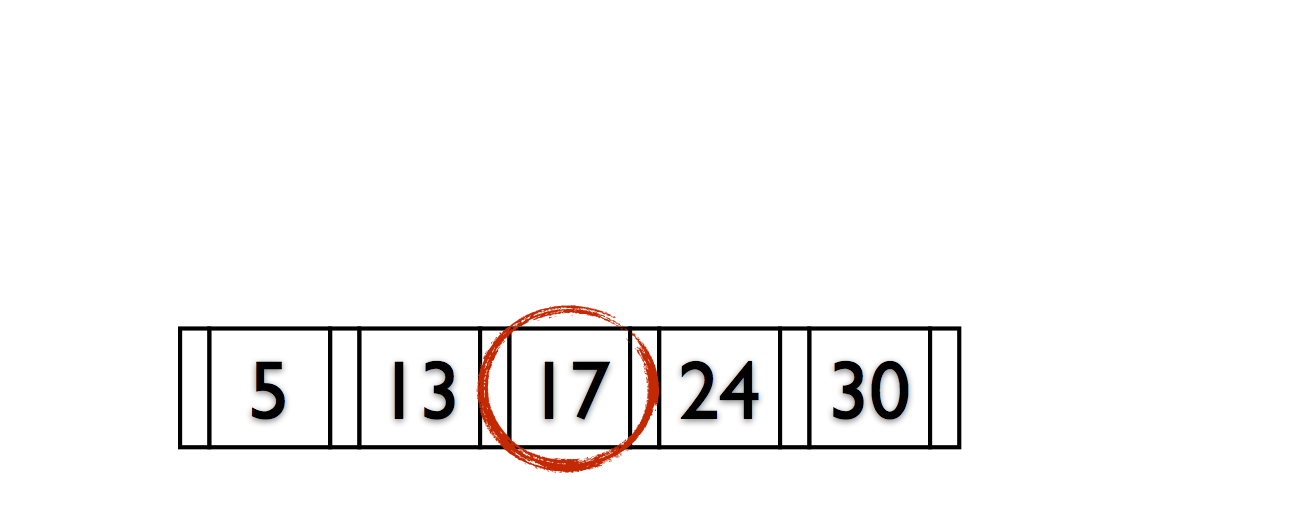

Deletions reverse this process (at 50% fill).
Next Class: Hash- and CDF-Based Indexes